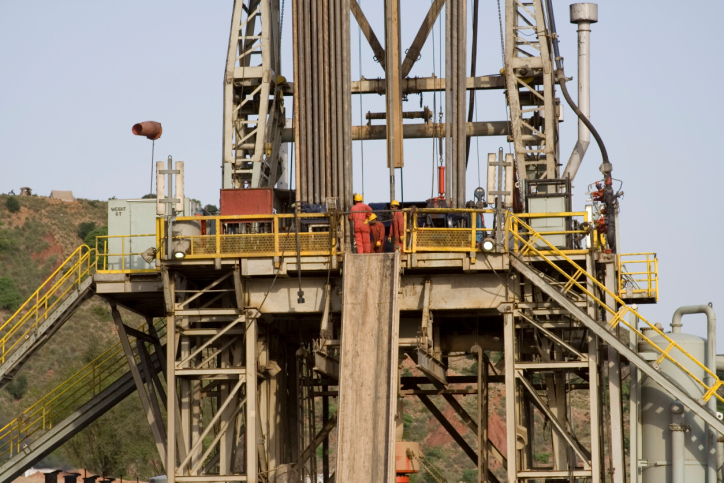Energy
US May Become a Net Exporter of Energy by the End of the Decade
Published:
Last Updated:

EIA projects the energy future in three scenarios: a base or reference case, a low oil price case and a high oil price case. In the base case, imports and exports are expected to balance in 2028, and in the high oil price case, balance is achieved in 2019. The high oil price case assumes that the price for a barrel of West Texas Intermediate (WTI) crude oil jumps above $100 a barrel, a scenario that virtually no one believes is possible. If it were to happen, however, the United States would become a net exporter.
Among other key findings related to oil, the EIA said:
Through 2020, strong growth in domestic crude oil production from tight [shale] formations leads to a decline in net petroleum imports and growth in net petroleum product exports in all [scenarios]. … Slowing growth in domestic production after 2020 is offset by increased vehicle fuel economy standards that limit growth in domestic demand. The net import share of crude oil and petroleum products supplied falls from 33% of total supply in 2013 to 17% of total supply in 2040 in the [base] case.
ALSO READ: Analyst Raises Price Targets on Top Permian Basin Oil Stocks
Overall, natural gas becomes the dominant U.S. energy export while liquid fuels continue to be imported. The following chart illustrates net U.S. energy imports under several different scenarios.

By 2017, the EIA expects the United States to be a net exporter of natural gas, with exports rising to 3 trillion cubic feet annually by 2040 in the low oil price scenario to a high of 13.1 trillion cubic feet in the high oil price scenario.
The EIA expects U.S. energy consumption to rise by 0.3% annually from 2013 to 2040, including a “marginal decrease” in transportation fuel consumption and growth in most other sectors.
Among some shorter-term estimates, the EIA expects U.S. crude production to contribute to a 43% drop in the price of Brent to $56 a barrel this year. Through 2020 continued U.S. production growth will keep Brent crude prices below $80 a barrel. The EIA expects U.S. crude oil production to begin to decline after 2020, and here is the not-so-good news:
[I]ncreased production from non-OECD countries and from countries in the Organization of the Petroleum Exporting Countries (OPEC) contributes to the Brent price remaining below $100 [a barrel] through 2028 and limits the Brent price increase through 2040, when it reaches $141 [a barrel].
Oil prices peaked at around $147 a barrel in July of 2008, and there were plenty of forecasts that oil would reach $200 a barrel by the end of 2008. So, even though $141 a barrel sounds high, it could have turned out a lot worse. And it still might.
ALSO READ: 5 Likely MLP and General Partner Buyout Candidates
Choosing the right (or wrong) time to claim Social Security can dramatically change your retirement. So, before making one of the biggest decisions of your financial life, it’s a smart idea to get an extra set of eyes on your complete financial situation.
A financial advisor can help you decide the right Social Security option for you and your family. Finding a qualified financial advisor doesn’t have to be hard. SmartAsset’s free tool matches you with up to three financial advisors who serve your area, and you can interview your advisor matches at no cost to decide which one is right for you.
Click here to match with up to 3 financial pros who would be excited to help you optimize your Social Security outcomes.
Have questions about retirement or personal finance? Email us at [email protected]!
By emailing your questions to 24/7 Wall St., you agree to have them published anonymously on a673b.bigscoots-temp.com.
By submitting your story, you understand and agree that we may use your story, or versions of it, in all media and platforms, including via third parties.
Thank you for reading! Have some feedback for us?
Contact the 24/7 Wall St. editorial team.